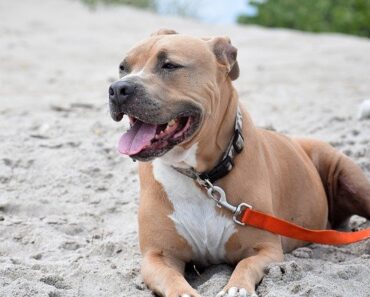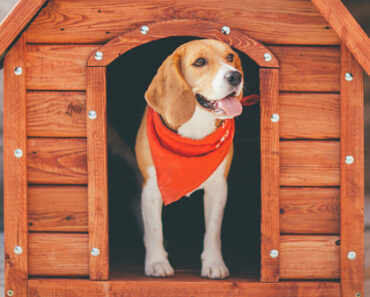
The house is a place of warmth and family affection, a safe place to find refuge from the dangers of the outside world. And it is safe for us and for our four-legged friends. But are we really sure that our homes are safe places for our kittens and puppies? Doors, appliances, easy-to-swallow detergents and small objects are all potential dangers that await us.
Everyday dangers
A cat loves to play with ropes and cords and if he inadvertently pulls on the cord of the iron and it falls under him, it could break his back.
Detergents, by their colors and odors, are likely to exert a particular attraction on cats and dogs, who may, for example, dive into basins filled with clothes to soak. Toxic ingredients can thus poison them by skin absorption or later, when cleaning the hair.
And if we want to control the health of our pet, whether it is in case of an emergency or illness or simply to verify its good health, it is important to be able to make a clinical evaluation of the animal to understand its physical condition and possibly the seriousness of the situation. In this case, the most important thing is to measure its temperature. In summary, to be able to face any eventuality, we must never lack a first aid kit, at home or in the car, if you have to transport it frequently.
The essentials in case of emergency
The following is a non-exhaustive list of dog and cat foods, items and medications that you should always have in your home in order to best deal with emergencies:
- Documents: Pets’ papers, vaccination booklets and their registration with the “état civil” must be kept in a safe place. In the event of a natural disaster or a forced separation from your family, these documents will be indispensable in order to be able to find them.
- Emergency contacts: an excellent idea is to prepare a list of addresses and telephone numbers, useful in case of need, such as veterinarians, reception centers and the numbers of friends who can offer your pet a temporary home.
- Transport leashes and cages: It is always a good idea to have leashes and cages for your pets, especially when you have to leave your home in a hurry (in case of fire, for example).
Your pet’s small first-aid kit should ideally contain :
- Sterile gauze and sterile strips of 5cm to 10cm
- Plaster from 2.5cm to 5cm
- Elastic bands
- Betadine disinfectant solution for wound cleansing
- Marseille soap to clean wounds caused by bites.
- Disinfectant spray
- Physiological solution for eye cleansing
- Antihistamine ointment
- Antiseptic ointment
- Small tweezers to remove grass clippings and ticks
- A scratch cutter
- Small sharp scissors
- A splint to keep a limb in good position
- An anti-parasite
- A solid-state thermometer
- Tear drops
- An ear lotion
- A quick installation muzzle for the dog
The use of a muzzle is always advisable in case your pet has suffered a trauma and is therefore frightened and in shock. The muzzle will provide protection against possible bites. You should always remember that an injured, frightened or in great pain, even the sweetest and gentlest dog in the world can become a biter. Never use a muzzle in case of vomiting.
But no matter what happens, remember that the most important item in your kit is the phone number of your veterinarian or the veterinarian at the place you are going.






